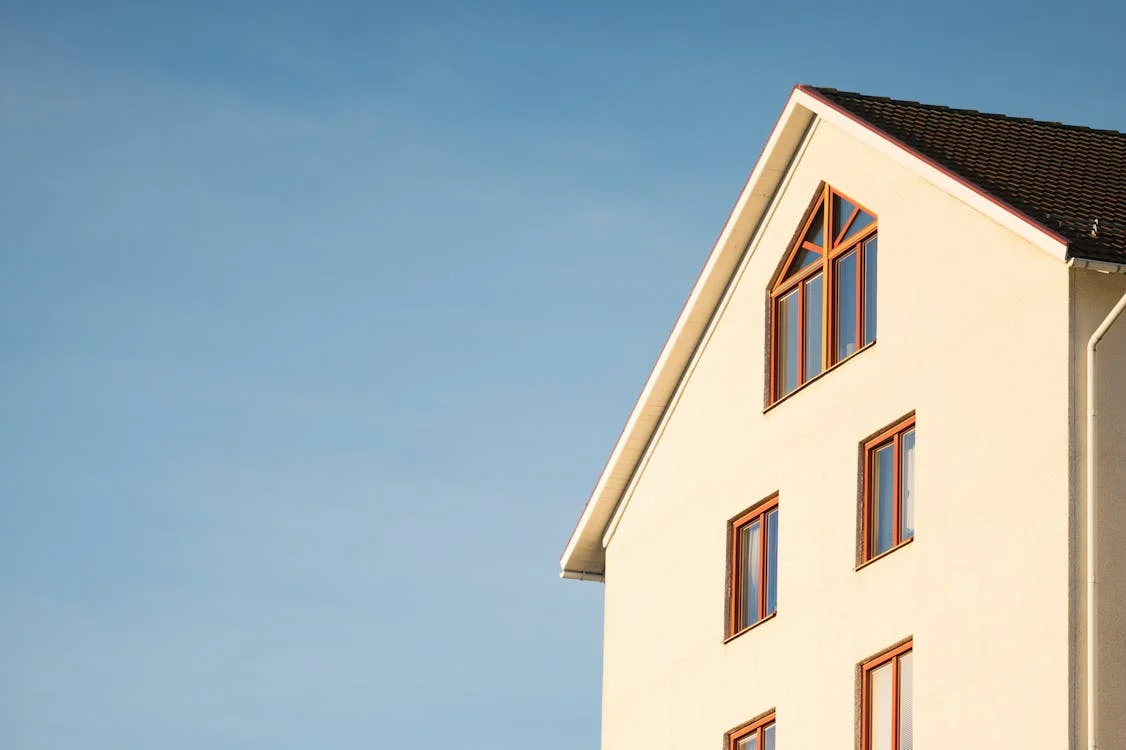
When Melbourne dad Arlo Enemark shared his frustration about being kicked out of a rental that then sat empty for 18 months, thousands of Australians felt the same sting.
His story wasn’t just another tale of housing market heartbreak—it dropped right as Victoria unleashed one of the boldest housing policies in Australian history.
And for property owners who thought they could afford to let homes sit idle, that timing couldn’t have been worse.
From 1 January 2025, the Victorian Government expanded its Vacant Residential Land Tax (VRLT) beyond 16 inner Melbourne councils to cover the entire state.
What was once a city issue is now a statewide reality, with owners of unused homes facing steep financial consequences.
The new tax runs on a progressive system: one per cent of a property’s capital improved value for the first year, two per cent for the second, and three per cent for the third consecutive year.
For a $1 million property, that means $10,000 in the first year, $20,000 in the second, and $30,000 in the third if it stays vacant.
Unlike standard land tax, which only considers the land’s unimproved value, the VRLT is based on the capital improved value listed on council rates notices—including buildings and upgrades.
This difference has caught many property owners off guard.
To qualify as ‘vacant’, a property must not be occupied for more than six months in a calendar year by the owner, a tenant, or anyone under a legitimate short-term arrangement.
Who must notify the State Revenue Office by 15 January each year
- Owners of properties vacant for more than 6 months
- Properties under construction or renovation for over 2 years
- Anyone claiming an exemption
- Properties that changed from vacant to occupied status
Holiday homes and exemptions
For seniors and holiday homeowners, there’s some good news.
Properties used for at least four weeks per year by family members are exempt, as long as the owner’s main residence is in Australia.
From 2025, this exemption also extends to properties owned through companies or trusts.
Family members—including spouses, children, siblings, parents, grandparents, and grandchildren—all count toward the four-week rule.
Other exemptions apply to seniors in aged care or to homes temporarily vacant for legitimate reasons, though all must be properly documented and submitted to authorities.
Early signs suggest the policy is doing what it set out to do.
Government compliance checks have already identified hundreds of empty apartments across Victoria that are now liable for the tax.
'We know we need more homes for Victorians, and by cracking down on vacant properties we are easing the housing pressures being felt across the state.'
Impact on owners and renters
Stories like Enemark’s illustrate the problem at the heart of this policy.
Despite Australia’s tight rental market—with a national vacancy rate of just 1.2 per cent—the 2021 Census revealed more than one million empty homes, many of which weren’t available to renters.
Property owners are now required to self-report vacant homes through the State Revenue Office’s online portal.
Failure to do so can attract penalties of up to 90 per cent of the tax owed, plus interest.
Letters have already gone out to homeowners across regional Victoria, requiring them to confirm whether their properties were occupied in 2024.
For older Australians holding investment or family properties, the message is clear: leaving a home empty could now cost tens of thousands of dollars a year.
What’s next for Victoria’s housing policy
And the state isn’t stopping there.
From 1 January 2026, the tax will expand again to include empty residential blocks in inner and middle Melbourne, targeting land banking and encouraging development.
The Victorian Government says the goal is simple—to make more homes available and discourage speculative ownership that locks up housing supply.
No other state has followed Victoria’s lead yet, but the success of this policy in identifying unused homes could influence future housing strategies nationwide.
For renters like Enemark, it’s a small sign that change might finally be on the horizon.
For property owners, it’s a wake-up call that the era of passive housing investments is ending.
Whether this policy sparks a nationwide shift or remains a Victorian experiment, one thing is certain—the days of leaving properties empty without consequence are over.
What This Means For You
From 1 January 2025, Victoria’s Vacant Residential Land Tax expanded across the entire state, marking a major shift in how property ownership is taxed. The levy increases each year a property remains empty—starting at one per cent and climbing to three per cent after three consecutive years of vacancy.
While there are exemptions for holiday homes, aged care residents, and legitimate temporary vacancies, the rules are strict and documentation is essential. From 2026, even undeveloped residential land will fall under the tax, aiming to discourage land banking and boost housing availability.
For long-time homeowners and investors, especially those with family properties or second homes, this means keeping a close eye on how your land is used. What once felt like a safe investment could now come with unexpected costs if left idle. It’s a timely reminder to review your property plans before the next tax deadline arrives.
While Victoria’s new vacant property tax marks a bold move toward tackling the housing shortage, it’s also reignited debate over how far governments should go when using taxation to influence property ownership.
Some believe the state’s approach could pave the way for broader changes to housing taxes nationwide, including policies once considered off-limits.
One recent discussion explores whether taxing the family home itself might be the next frontier in addressing inequality and housing availability.
Read more: The government has asked for bold proposals. Maybe it’s time to consider taxing the family home
Melbourne house left vacant for a year could cost its owner thousands under Victoria’s new tax — Explains how homeowners with unused properties in Melbourne face rising annual penalties under the state’s expanded vacant residential land tax.
[https://www.dailymail.co.uk/news/ar...le-15184695/Melbourne-house-rent-vacant.html)
New changes to Victoria’s vacant property tax: How they impact you — Outlines the state-wide expansion of the Vacant Residential Land Tax (VRLT) from 1 January 2025 and details how undeveloped land will be taxed from 2026.
[https://www.rsm.global/australia/in...rias-vacant-property-tax-how-they-impact-you)
Vacant residential land tax — frequently asked questions | State Revenue Office — Provides official details on the VRLT’s expansion, tax rates, self-reporting requirements, and criteria for exemptions.
[https://www.sro.vic.gov.au/vacant-r...idential-land-tax/frequently-asked-questions)
Understanding Victoria's Vacant Residential Land Tax: Key Updates and Implications — Explains how the tax rate increases progressively from one to three per cent for consecutive years of vacancy, with practical examples for property owners.
[https://www.morrows.com.au/understa...ntial-land-tax-key-updates-and-implications/)
Changes to Vacant Residential Land Tax for Properties in Regional Victoria: What You Need to Know — Details how the expanded VRLT impacts regional property owners, outlining exemption criteria and documentation requirements.
[https://www.dgfadvisory.com.au/post.../post/changes-to-vacant-residential-land-tax)
Making More Homes Available For Victorians | Premier — Highlights the Victorian Government’s aim to make more homes available through stricter enforcement of the VRLT and its upcoming inclusion of undeveloped land from 2026.
[https://www.premier.vic.gov.au/maki...ov.au/making-more-homes-available-victorians)
Tax increase on vacant property passes parliament — Summarises statements from government officials explaining how the tax reforms are designed to increase housing supply and discourage land banking.
[https://www.parliament.vic.gov.au/n...parliament.vic.gov.au/news/economy/land-tax/)
Would you support a similar policy in your state if it meant more homes became available for renters?







